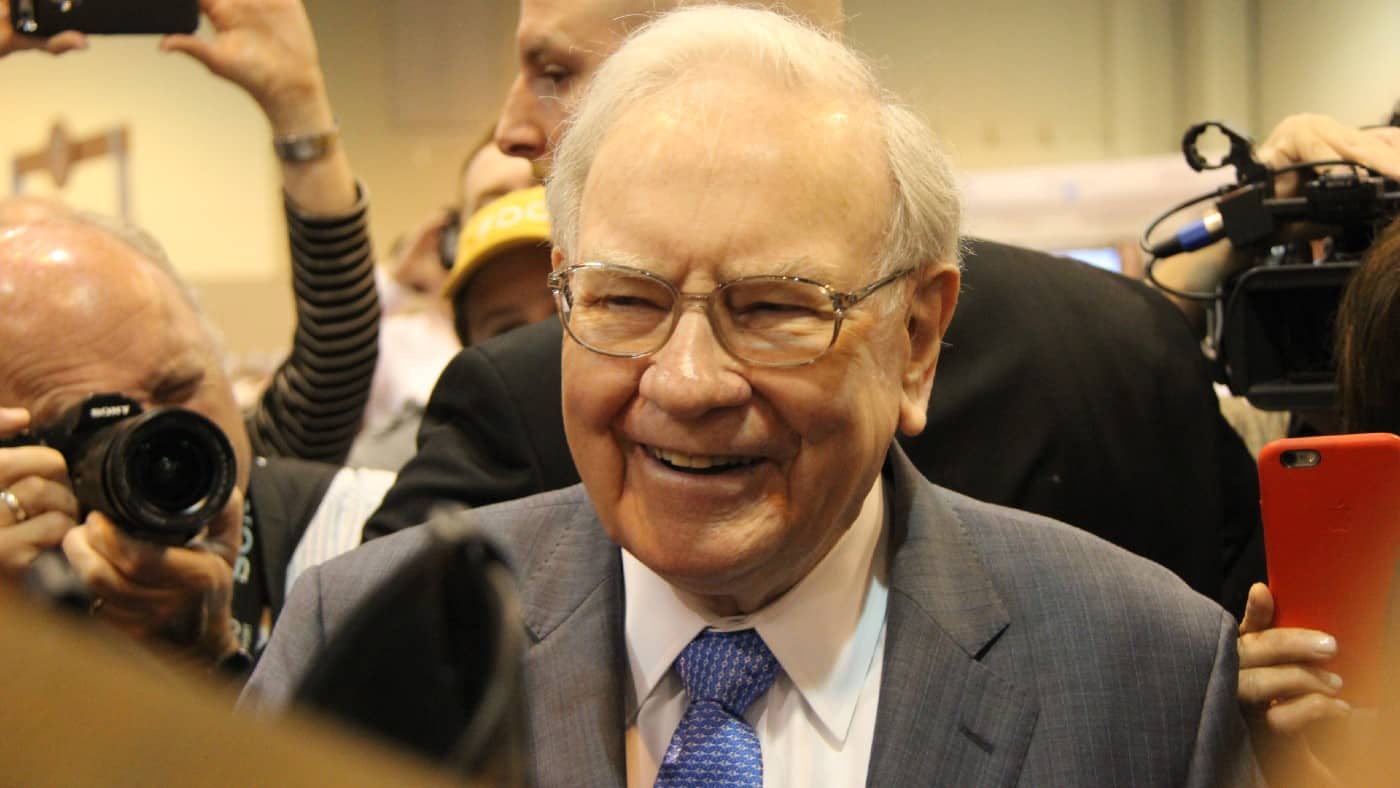Investing in some shares and seeing their value grow by 24,708% would be very rewarding. That is what happened to the US S&P 500 index between 1964 and 2022 (with dividends reinvested: compounding can really help build wealth!). Impressive though that is, Warren Buffett’s performance left it in the dust.
His company Berkshire Hathaway does not pay dividends. But during that period, its per-share market value grew 3,787,464%.
In other words (excluding currency movements), £100 put into Berkshire shares back in 1964 would have turned into almost £3.8m by the end of 2022.
Past performance is no guide to what will happen in future, although the Berkshire share price is up by 111% over the past five years.
Know what you’re aiming to do
Warren Buffett has learnt on the job. His strategy today is different to how it was in the 1960s (or even a few years ago).
But the broad principles have stayed the same: he has tried to accumulate wealth by paying less for stakes in businesses (or whole businesses) than he thinks they are worth.
Look at value creation potential, not just balance sheet value
Early on, Buffett saw value buying shares for less than their net asset value.
It used to be more common than now, but some shares do still trade below net asset value. FTSE 100 member Pershing Square Holdings had a net asset value of £59.70 per share on Tuesday (28 January), yet its shares could be picked up this week for around £42 apiece.
Warren Buffett moved from a focus on current net asset value to look instead at what assets a company had that might help it create recurring value in future.
Buy to hold (but be prepared to sell)
An example is his stake in Coca-Cola (NYSE: KO).
Thanks to its brands, proprietary formula, and distribution network, the drinks maker has been a massive cash generator over the decades. It faces risks like shifting tastes and health trends. But the cash has kept coming!
Berkshire bought shares between 1987 and 1994 and has simply held onto them.
It could have sold along the way for a quick buck. But buying to hold means that Warren Buffett now gets more than half as much as the stake originally cost every year in dividends – and the shares themselves have ballooned in value.
But, while he buys to hold, Buffett does sell on occasion. When an accounting scandal hit Tesco in 2014, he dumped his remaining shares in the supermarket at a sizeable loss.
Stick to what you understand
Tesco was one of Buffett’s few forays into the UK market. His main focus has always been his native US – and industries he understands, like insurance and banking.
Warren Buffett is a firm believer in sticking to one’s own circle of competence, whatever it is.
It takes money to make money
Obvious as it may sound, to turn £100 into over £3.7m requires £100 in the first place!
Warren Buffett’s success shows that it is possible to start investing on a small budget: he began buying shares as a schoolboy. But, even if the budget is small, it needs to be something.
One could start a share-dealing account or Stocks and Shares ISA with little cash – but it does need some!
This post was originally published on Motley Fool





